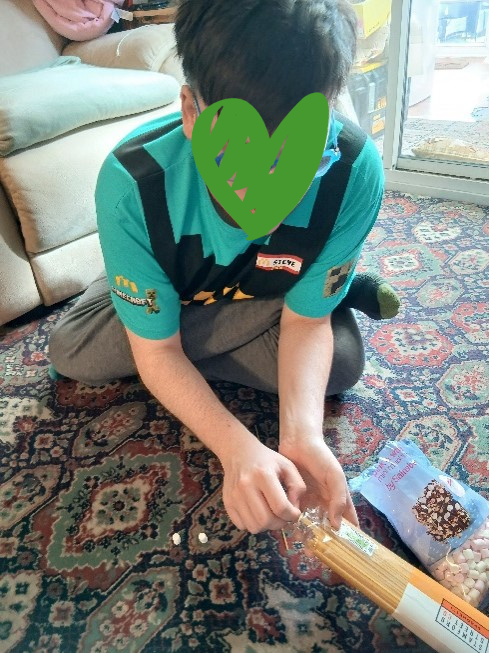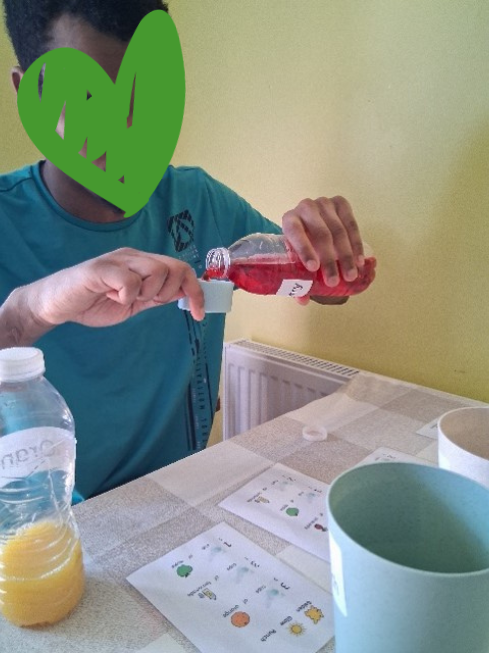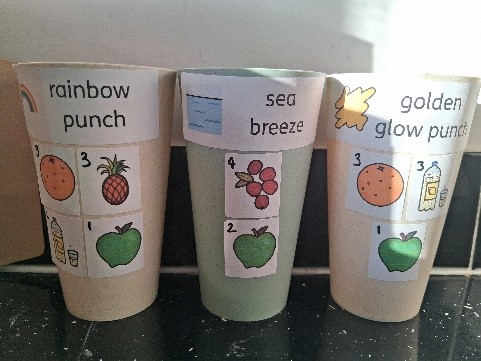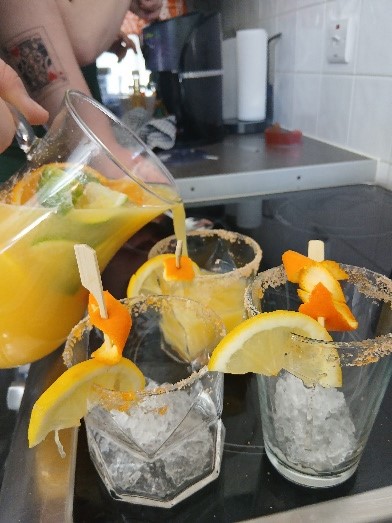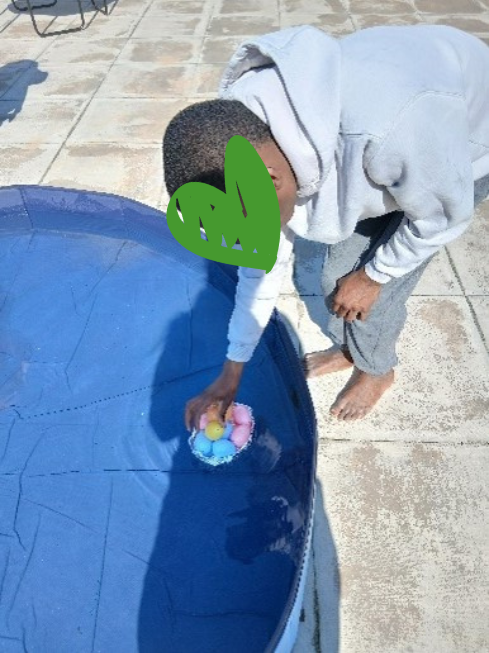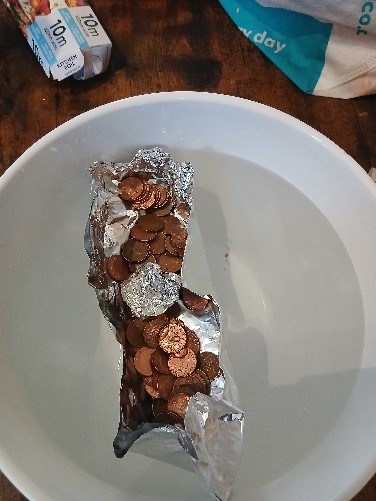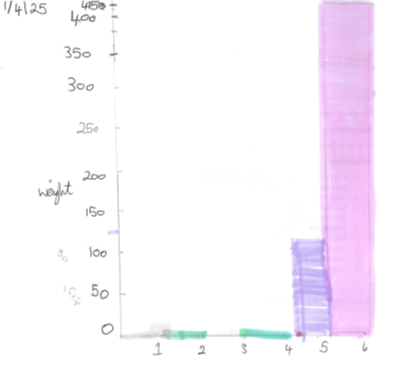For many young people, maths can feel difficult, intimidating, or even boring, especially if they’ve had negative experiences in the past. Young people might feel apprehensive about a whole month focusing on mathematics and statistics. Not so in HEAL!
HEAL approached Maths and Statistics Month with creativity and inclusivity at its core. Our Maths lead, Christine Bond created a month of discovery and creativity focusing on games and challenges rather than performance. A variety of fun and exciting activities were planned to allow even the most reluctant mathematicians to get stuck in!
Mini maths starters were provided for each session such as sudoku, shape puzzles and codebreaker tasks for budding cryptographers. We shared weird statistics…Did you know that wearing a tie can reduce blood flow to the brain by 7.5 percent and that giraffes are 30 times more likely to get hit by lightning than people!
We also conducted staff and student surveys on favourite books, TV shows, and film. This connected maths to the things students genuinely care about, reinforcing that maths isn’t just about numbers—it’s about understanding the world around us.
A variety of maths and statistics competitions were designed to boost engagement and motivation among our young people. Activities such as “Building Towers” were especially effective in promoting key mathematical concepts in a fun, hands-on way.
This activity supported:
- Counting – actively counted blocks and levels as they built.
- Understanding of Shapes – Various 2D and 3D shapes were explored through construction.
- Measurement and Quantities – Comparing tower heights and using measuring tools introduced the concept of scale and estimation.
- Balance and Spatial Awareness – how to distribute weight and assess stability.
- Dexterity and Motor Skills – The physical aspect of building helped refine fine motor control and hand-eye coordination.
These activities encouraged collaborative problem-solving and creativity, but also helped our students to see maths as something exciting, practical, and achievable.
Making mocktails proved to be a fun and tasty way to bring maths to life! This activity helped our young people to develop a practical understanding of:
- Ratios and Proportions – Balancing ingredients like juices, lemonade and fruit required careful calculation.
- Measurement Skills – Using jugs, spoons, and measuring cylinders reinforced concepts of volume and capacity.
- Following Instructions – students had to read and follow multi-step recipes, promoting sequencing and comprehension
- Basic Cookery Skills – Stirring, pouring, and preparing garnishes added a real-world life skill element.
And best of all – the mocktails were delicious! The activity blended maths, creativity, and teamwork, leaving us all with both new knowledge and a refreshing treat.
A brilliant STEM-based activity that ties maths, science, and creativity challenged our young people to design and build their own boats, exploring key mathematical and scientific concepts in a highly engaging, hands-on way.
Students explored:
- Buoyancy and Capacity – Understanding what makes an object float and how much weight it can hold.
- Design and Engineering – Experimenting with materials, shapes, and construction techniques.
- Counting and Currency – By testing how many coins their boats could hold before sinking, children practised counting and linked their work to money.
- Data Collection and Representation – Some students went a step further by recording their findings and presenting the results as bar charts or line graphs, strengthening their statistical skills.
This investigation encouraged critical thinking, experimentation, teamwork, and a healthy sense of competition. It was a firm favourite among many students!
By the end of Maths and Statistics Month at HEAL, students didn’t just leave with new skills – they left with a newfound love and enjoyment for maths. Through games, challenges, quirky facts, and hands-on activities, we showed that maths can be creative, exciting, and fun.
Even those who once felt unsure found themselves engaged, empowered, and eager to explore more. It wasn’t about getting every answer right – it was about curiosity, confidence, and connection.
Here at HEAL, we’ve proven that everyone can be a mathematician—and enjoy it too!
Lisa Millikin, Assistant Head Teacher at HEAL
